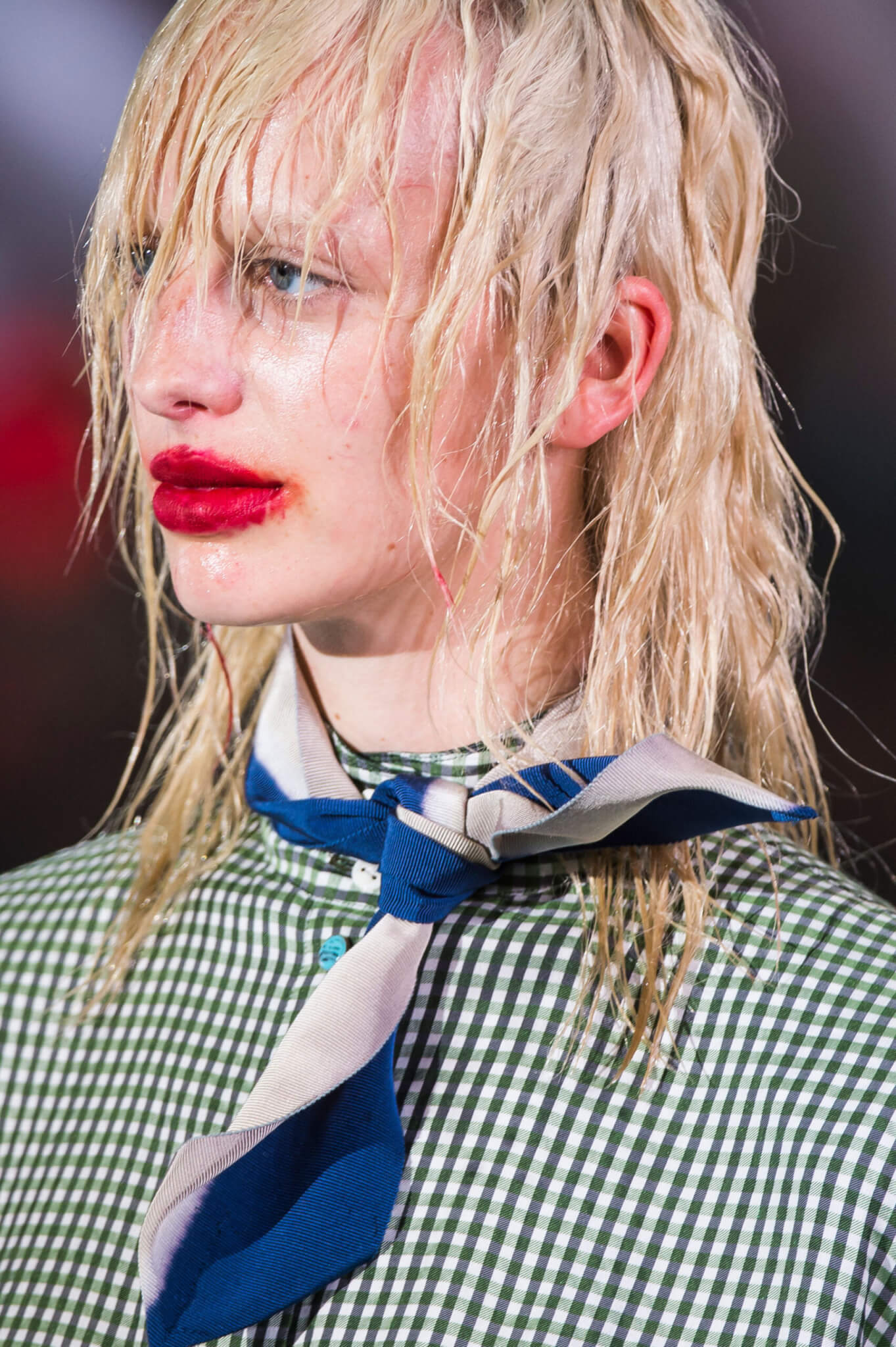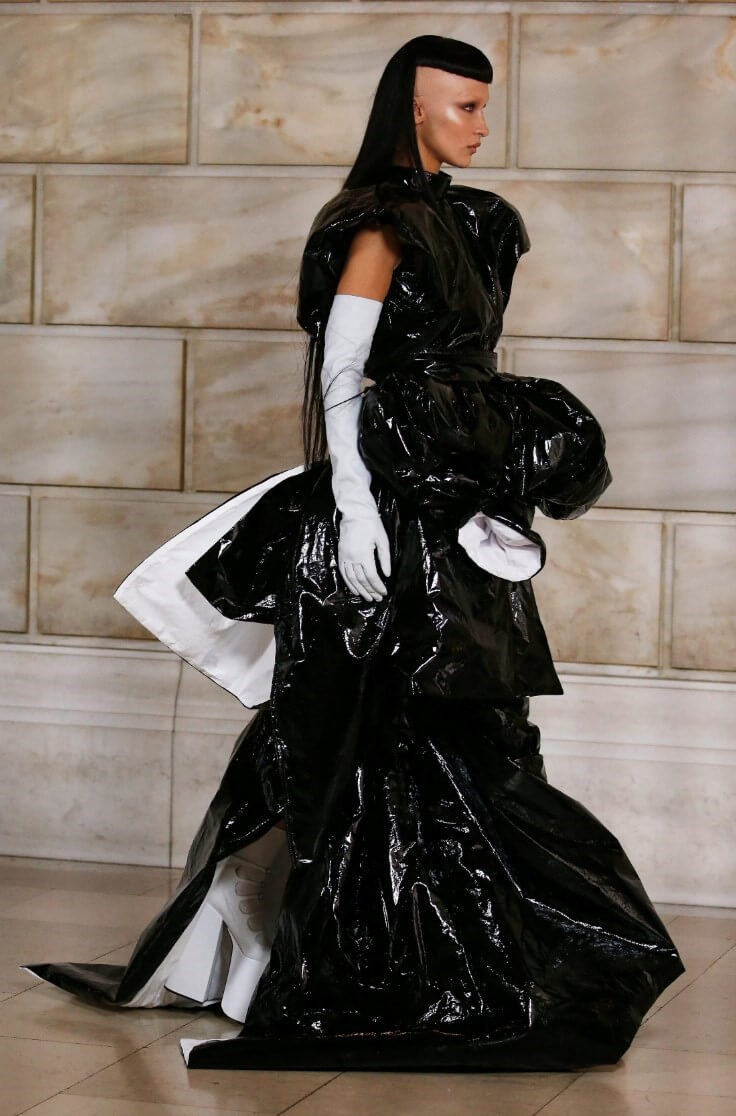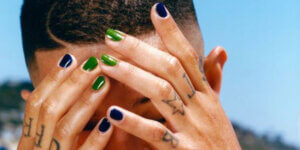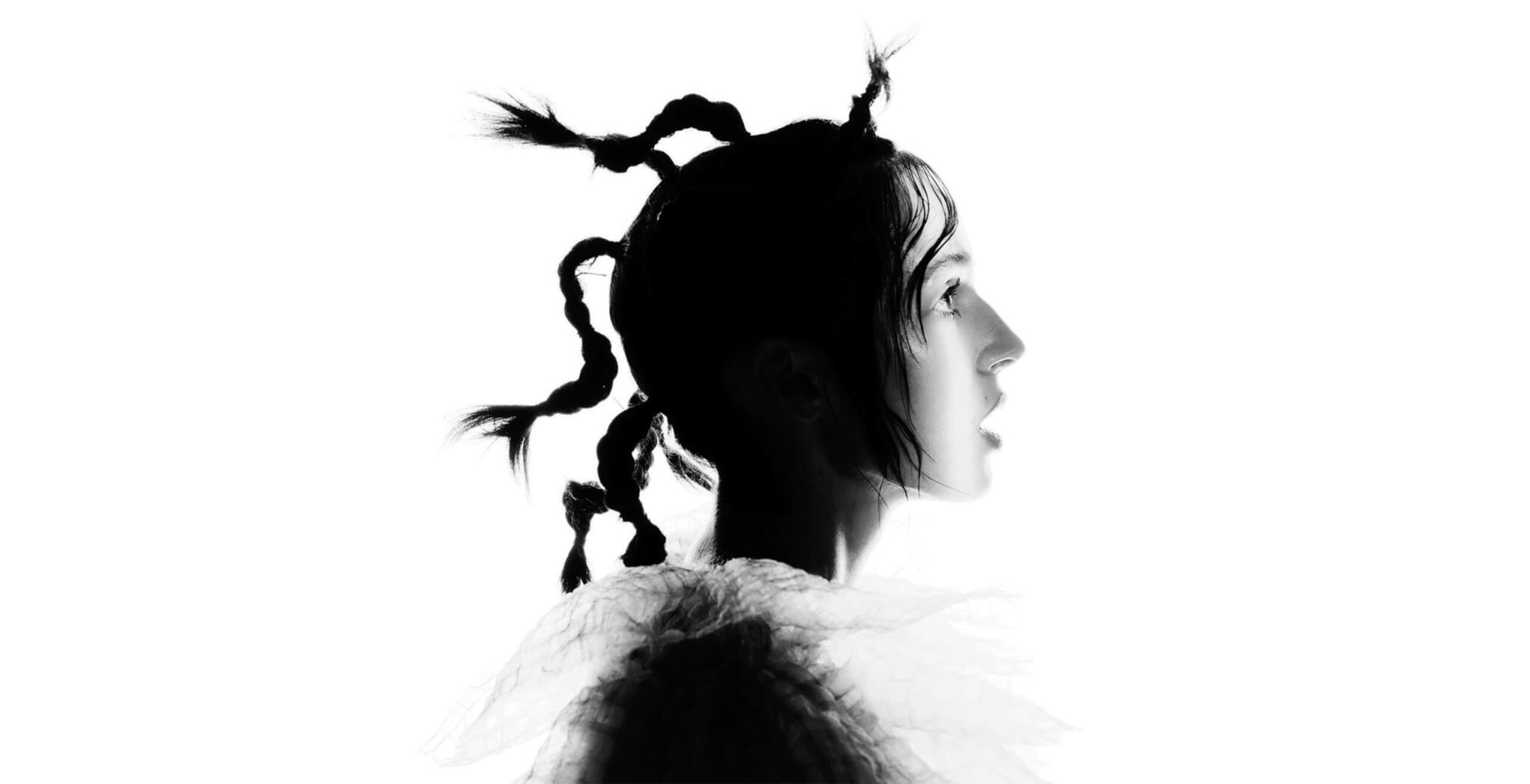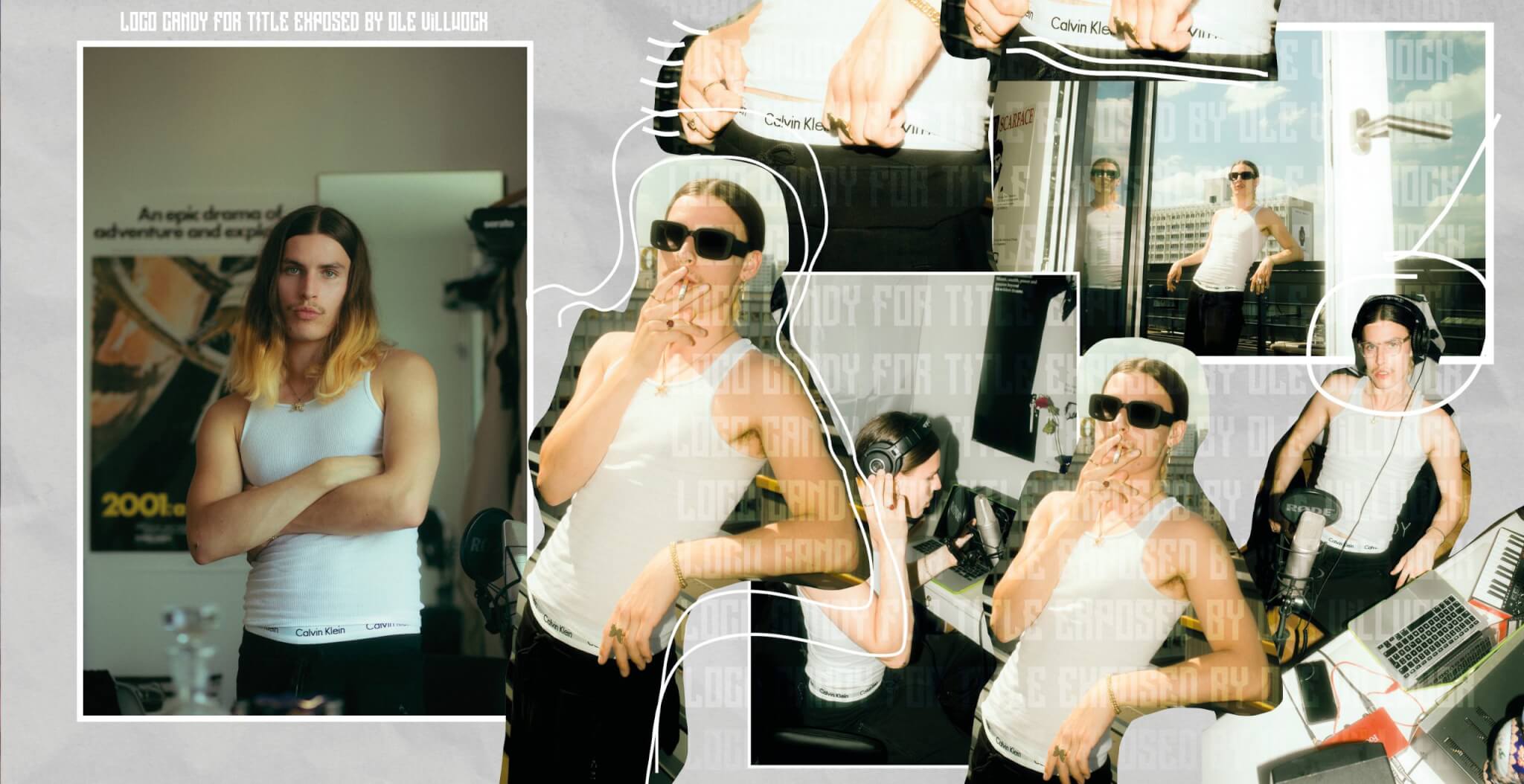Thinking about iconic hairstyles and the image of Ruby Rhod played by Chris Tucker in The Fifth Element (1997) surely is one coming to our mind almost immediately. His acting is fascinating and his futuristic unicorn’s horn of hair is larger-than-life, eccentric and sensual just like his character.
In fact, the ‘80s and ‘90s are decades heavily influenced by the exploration of aesthetics as per music, art, counterculture movements and the widespread of popular culture via television and access to the internet. The exaltation of aesthetics and the representation of fears and anxieties regarding the advancement of technologies came together in the films of the time.
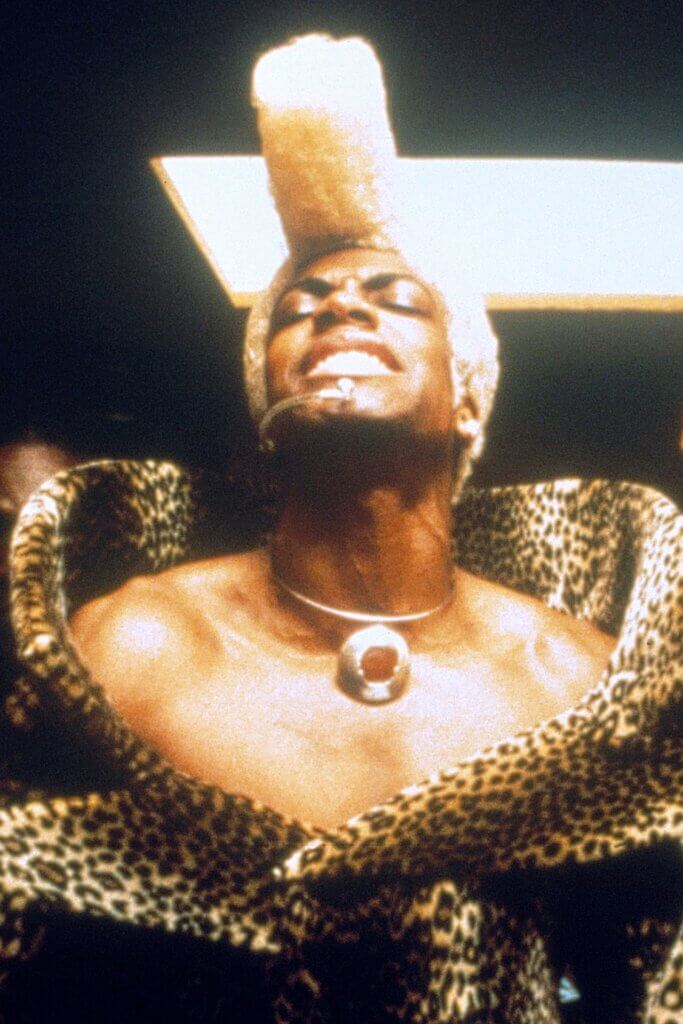
In Mars Attacks! (1996), the Martian Girl is an alien spy on the mission to assassinate the president. The colossal, oval-like gown is an eerie, yet sophisticated wig that hides her alien identity and with that unusual look, Tim Burton immortalised the role of a small antagonist. Talking about antagonists and spies, Mayday in the James Bond film A View To A Kill (1985), played by the powerful queer icon Grace Jones is another one to remember. Her flattop hair and Egyptian-cyborg look make her an unforgettable bombshell of a villain.
The story of never-seen-before hairstyles wouldn’t be the same if it was not for Divine (head image), the main character of the cult film Pink Flamingos (1972), whose family of misfits is a bizarre and shocking parody of the norm. Or the 1996 101 Dalmatian, with Glenn Close as Cruella de Vil and her misguided obsession for fashion. The quirky looks of the antagonists were delusional and certainly fabulous, transcending any parameter defining ‘average’, capturing the abstract essence of the anti-hero or anti-human.
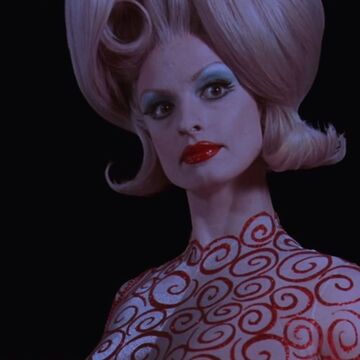
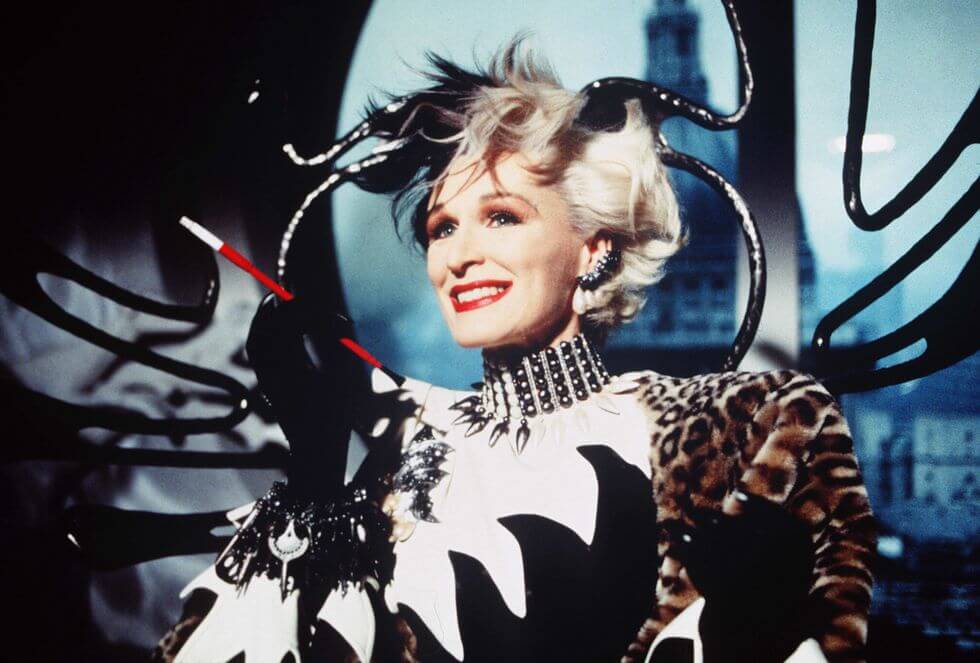
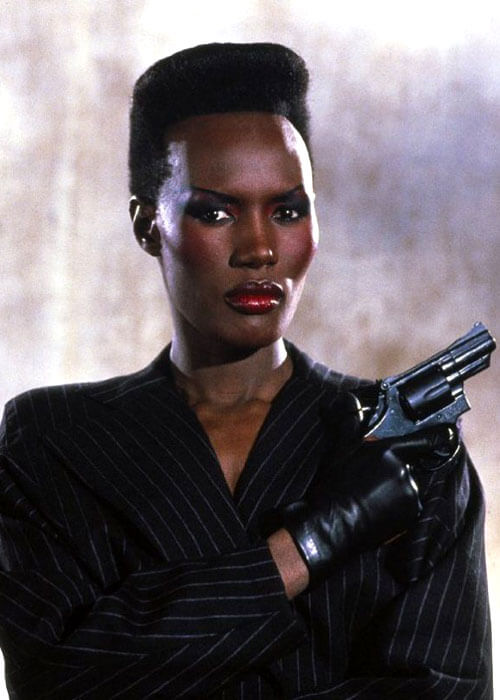
The wish to capture the exceptional translated to the runway and the nineties became a decade infused with voyeuristic delights and eccentricity, exploring frontiers of mundane, exotic, fantasy and otherworldly — with several shows condemned for appropriating culture such as Jean Paul Gaultier’s ready-to-wear SS93 and SS94 runways, the earlier featuring chic rabbis and the latter combining tribal-, Indian- and African-inspired beauty and hairstyles. But the nineties, too, revealed a constant search for connecting with the ethereal.
In the AW 1995 ready-to-wear, Rei Kawakubo presented soft looks empowered with pointy, rising braids as if models worn antennas that communicated to the extraterrestrial during the Comme des Garçons’ runway. Not to mention Alexander McQueen, whose shows narrated the tales of human hybrids, crazed dolls and the disturbing, dark sides of nostalgia as he did for his AW 2001 runway What a merry go round, with sinister carnival-like hairstyles, to his last collection in 2009, which reptilian looks have us sighing in awe to this day.
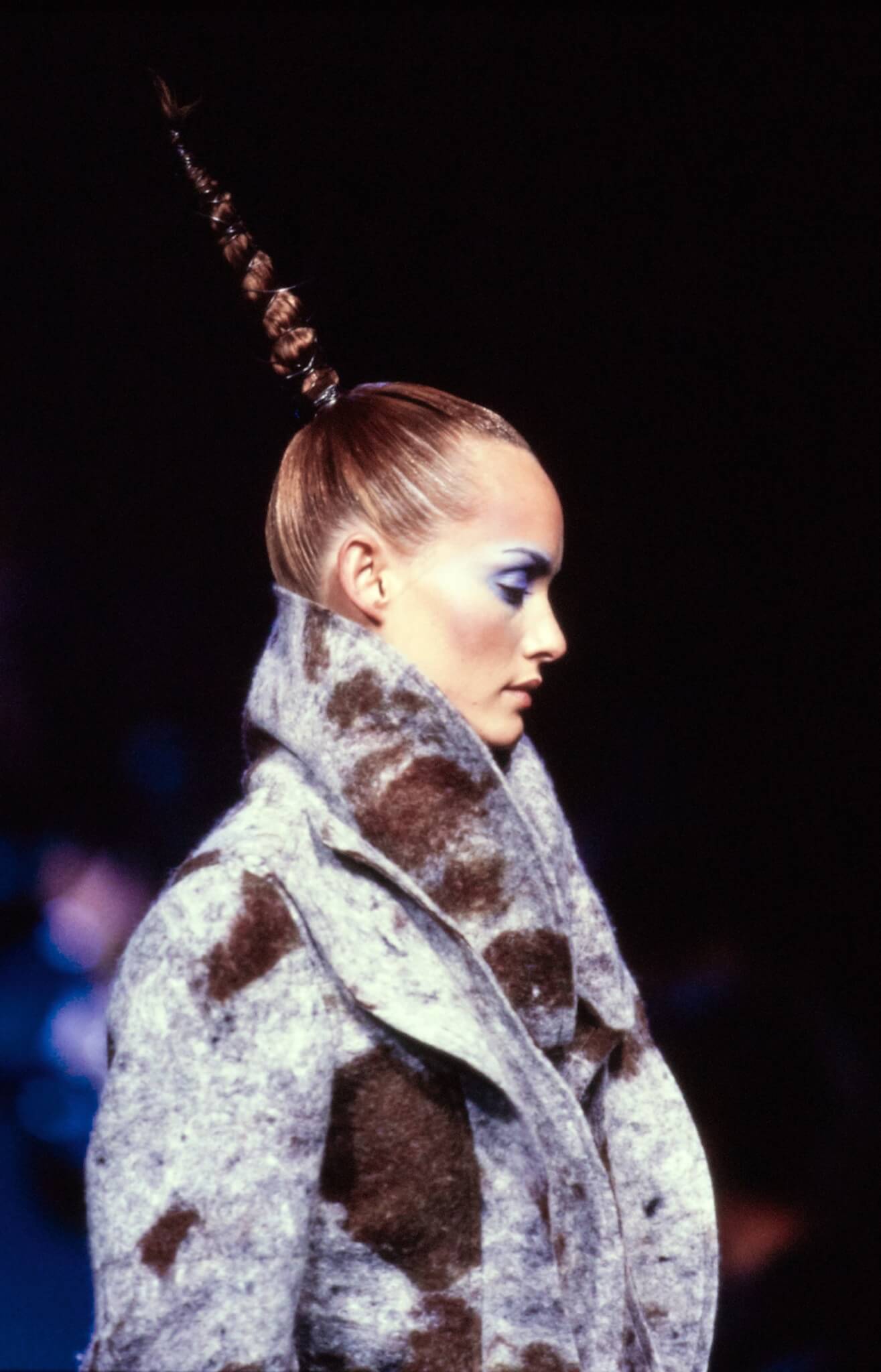

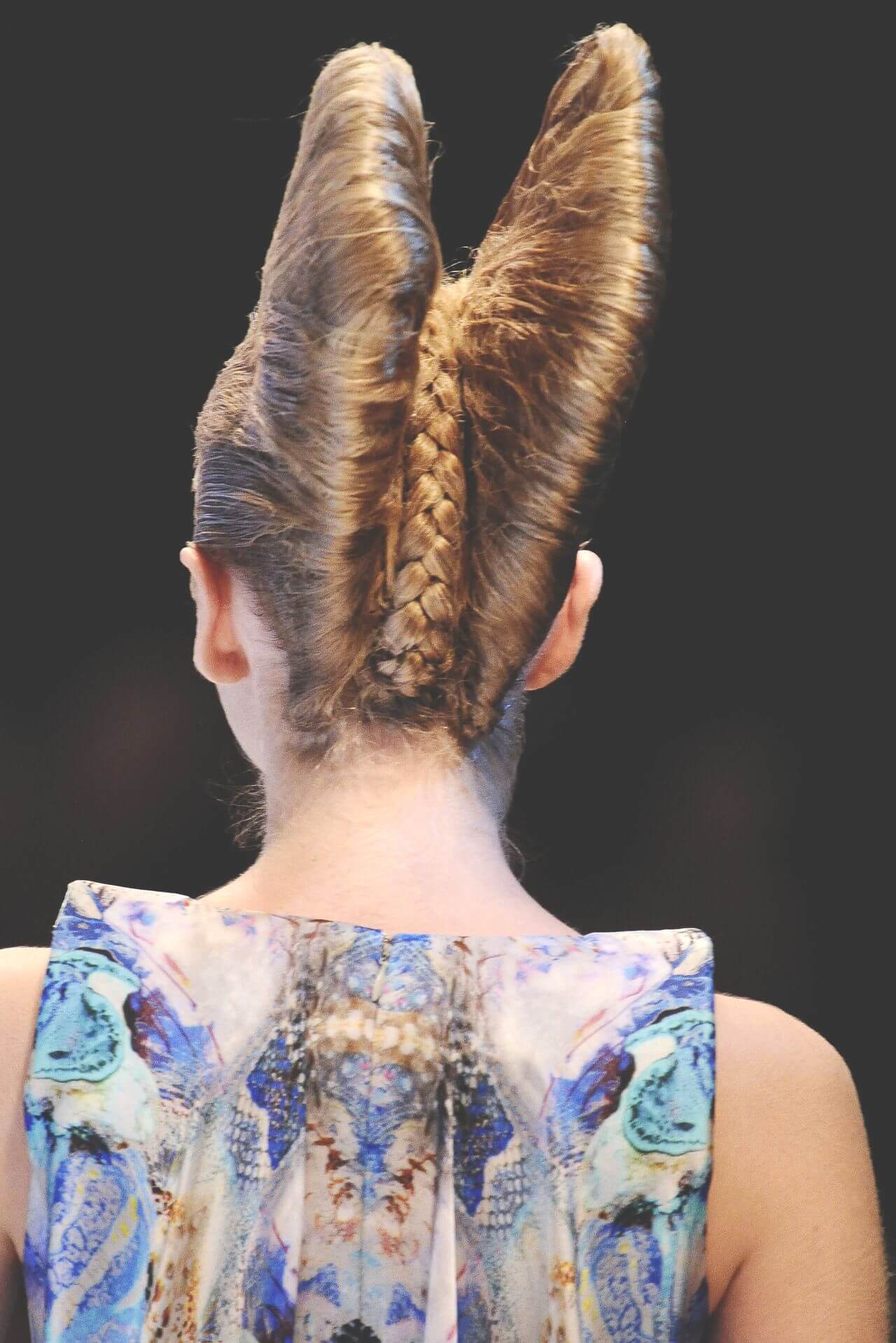
Later on, Vivienne Westwood channelised couture in the context of extreme weather conditions, creating storm-ravaged looks for her SS 2018 show at Paris Fashion Week, illustrating the future of catwalks in the next years. And if we talk about futuristic visions, with a less apocalyptic tone, Marc Jacobs has been mastering the aesthetics of the future human, with his SS 2022 collection that showcased cyborgian looks with partly shaved, partly bold hairstyles that are sharper than a blazer.
From representing fears related to technologies to the abstract forms of the nonhuman, hairstylists are seemingly announcing we’re moving on to imagining the post-human.
